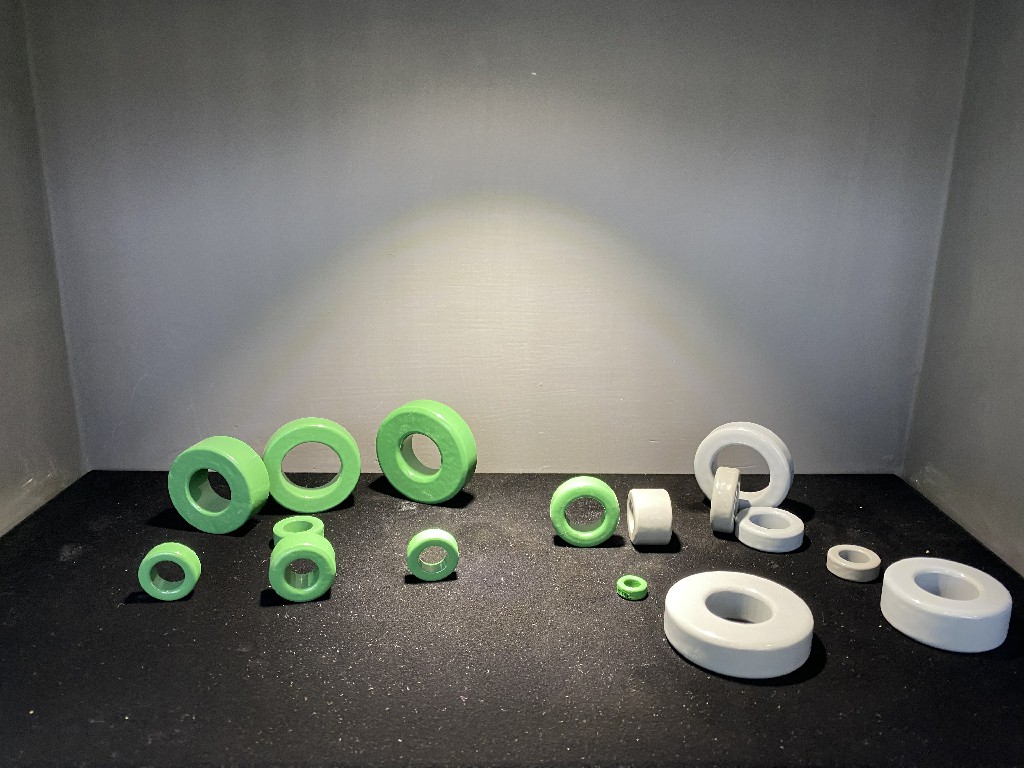Better Touch Better Business
Contact Sales at TRANSMART.
There are two main types of preparation techniques for amorphous materials: One is the solidification method. Because the multi-component bulk amorphous system has a high amorphous forming ability and its critical cooling rate is small, some traditional metal melts are used. Solidification technology is enough,The second is the powder metallurgy method, that is, in the temperature range of the relative zone of the supercooled liquid, the amorphous particles and the powder are formed by hot pressing or extrusion to form a bulk amorphous alloy. This method mainly uses the multi-component alloy system. The supercooled liquid is relatively stable and has the characteristics of good viscous fluidity.
Liquid quenching method: The alloy is melted into a quartz tube and quenched into flowing water together with the quartz tube, once it is cooled rapidly, a large piece of amorphous alloy is formed.
Arc melting copper mold suction casting method: under the protection of inert gas, the alloy is quickly heated to a liquid state with an electric arc, and then the molten alloy is directly sucked into the copper mold cooled by circulating water by negative pressure, and the copper mold cooled by water conducts heat quickly. Realize rapid cooling to obtain bulk amorphous alloy.
Induction heating copper mold casting method: The alloy is placed in a quartz tube with an opening at the bottom, and the eddy current generated in the alloy is heated by an inductor coil to quickly melt the alloy.
Jet molding method: The jet molding method is to place the master alloy in a quartz tube with a small hole at the bottom. After the master alloy is melted, hydrogen is introduced above the quartz tube to let the liquid master alloy pass from the small hole under pressure Spray out and pour into the water-cooled copper mold cavity below to quickly cool it to obtain an amorphous alloy.
Pressure model casting method: The alloy is melted in the melting cavity, and then the molten alloy is pressed into the metal mold cavity at a certain speed and pressure to achieve rapid cooling and then form a large amorphous alloy.
Directional solidification method: The directional solidification method can continuously obtain bulk amorphous alloys. It has two main control parameters, namely the directional solidification rate V and the liquid phase temperature gradient G at the front of the solid-liquid interface. The cooling rate of the directional solidification method can be determined by These two parameters are calculated, namely Rc=GV.
Mechanical alloying method: It is to mix the element powders in proportion, under the protection of high-purity argon gas, perform mechanical alloying in a ball mill to prepare amorphous alloys.
Consolidation molding method: the element powder undergoes superplastic deformation in the supercooling temperature range to be consolidated and molded.
Continuous casting method.

Copyright © 2025 TRANSMART INDUSTRIAL LIMITED | All Rights Reserved
Hello, please leave your name and email here before chat online so that we won't miss your message and contact you smoothly.